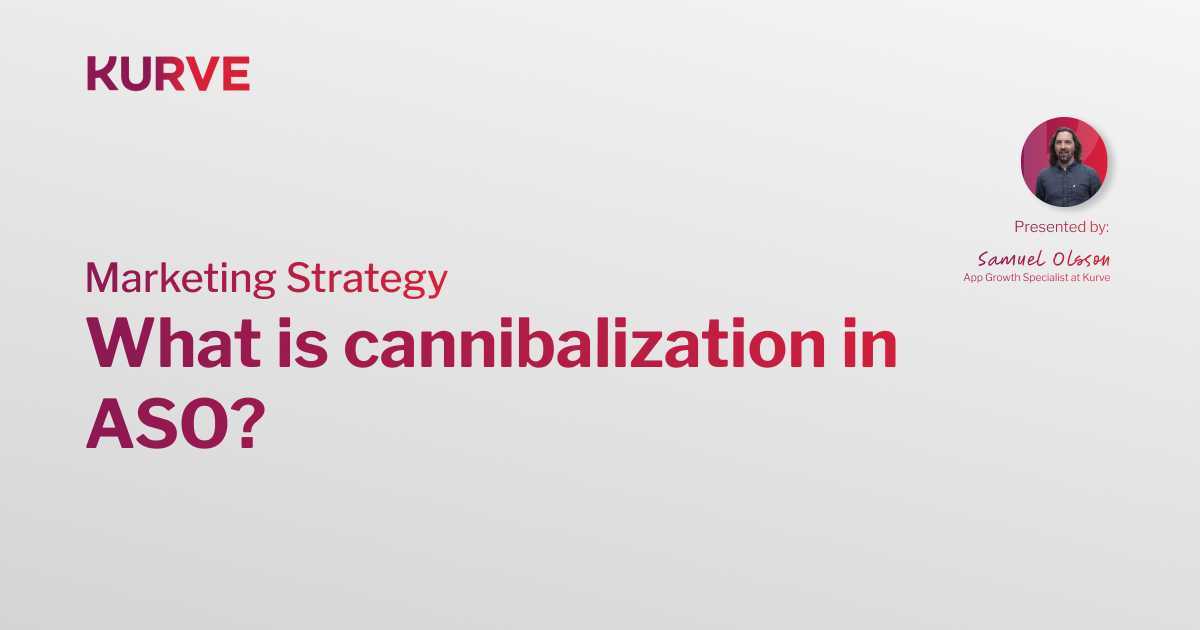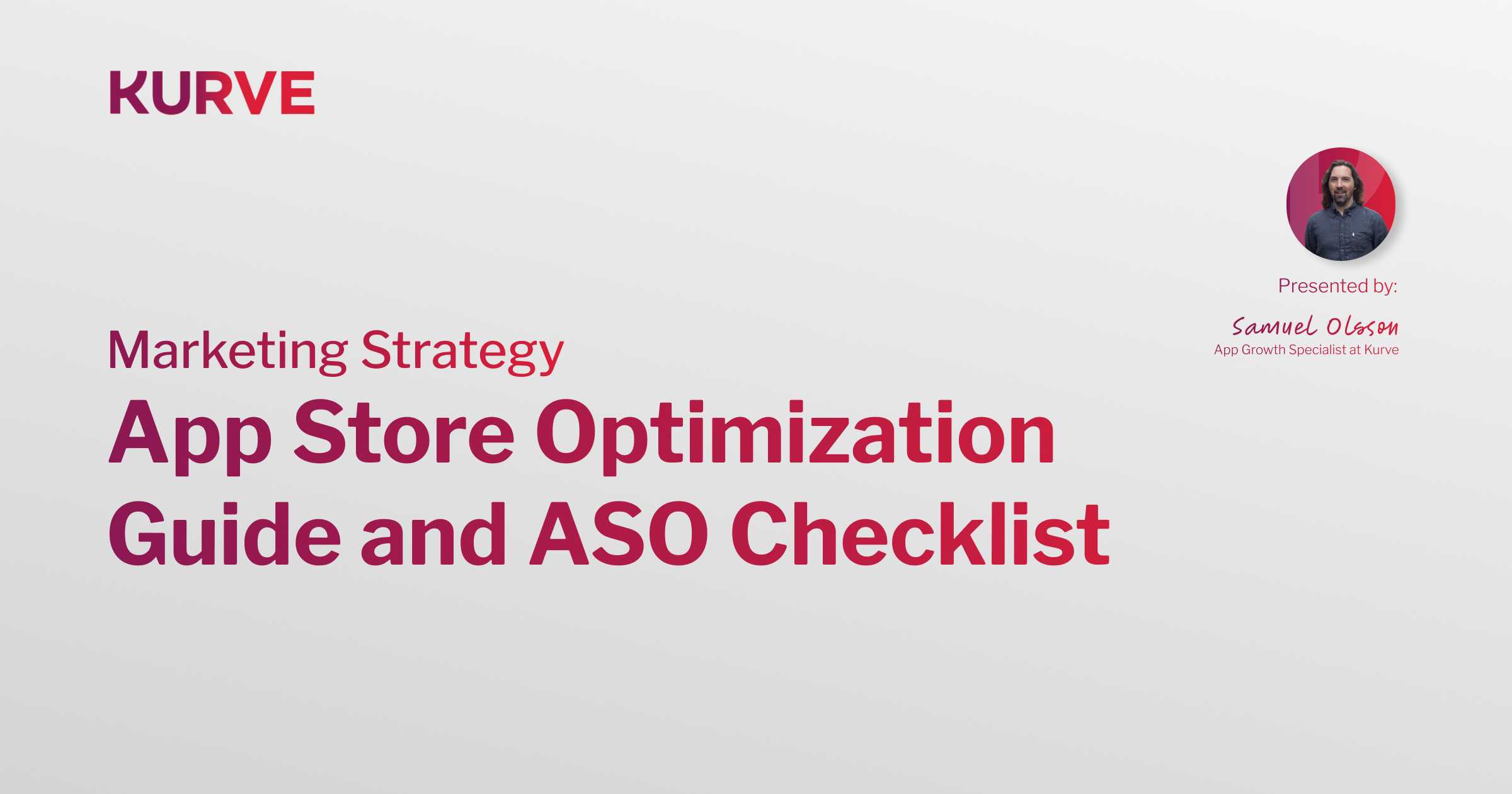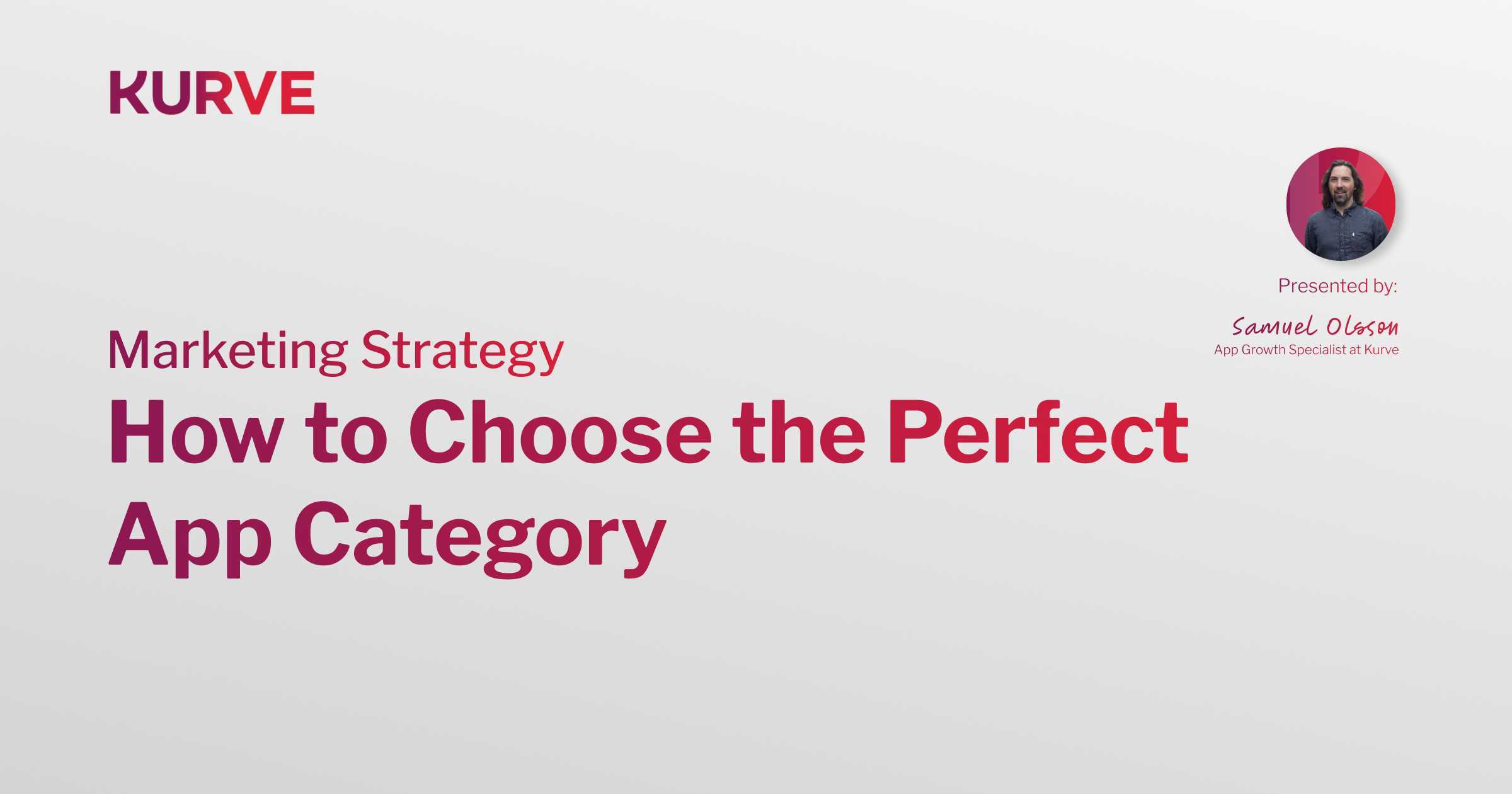7-Step Guide to Successfully Validate a New App Concept
We are delighted to share with you a comprehensive guide that outlines an actionable roadmap for launching a new app on a shoestring budget.
Each section provides a step-by-step approach, complete with estimated timelines to ensure you stay on track. We have created this guide based on the common traits we have identified from the most successful app start-ups.
With years of experience in app marketing and tailored growth solutions, which have helped mobile apps transition from start-up to scale-up, Kurve’s app team has garnered recognition with several prestigious app growth awards, highlighting our collective expertise and success in the industry.

We have had the pleasure of working with incredible clients such as Canon, Tier, Sweatcoin, and TreeCard. Together, we have harnessed the power of advanced data analytics, influencer marketing, and effectively managed paid media campaigns to enhance user acquisition and retention.

The results speak for themselves: significant boosts in lifetime value and revenue for our clients, powerful brand loyalty, and dominant market positions for the apps we elevate. To ensure that your idea has the best start, please read on and start your app journey.
7 Weeks From Idea to Funding Talks

1. Concept Development

Define the Ideas, Users, and User Stories
- Description: Define what you are building, who will benefit, and describe the user interactions within your app. Be specific about how each user will interact with and experience your app.
- Timeline: 1 week.
- Actions:
- Search for existing app designs similar to your concept on platforms like Figma Community, Behance, or Dribbble. Screenshot the relevant designs to gather inspiration.
- Use tools like FigJam, Miro, or LucidChart to visually design your app idea, using the collected screenshots as inspiration to explore the problem your app solves.
- Checklist:
- [ ] Define the app concept and purpose.
- [ ] Identify your target users.
- [ ] Create user stories.
- [ ] Gather inspiration from existing designs.
App Example
- Idea: "Parking Spot Swap App"
- Users: Car drivers in the city, landowners, etc.
- User Stories:
- "I want to be able to swap a parking space with a driver leaving a spot close to me, and I would be happy to pay a premium for it."
- "I want to be able to swap a parking space with a driver when I am leaving a spot. If I can get paid, it would be a big plus."
2. Market Research and Feasibility

Conduct Market Research and Feasibility Analysis
- Description: Analyse the app space and assess the market feasibility. There are a range of online forums with access to statistical information about the market you are trying to service. Don’t forget that your local library has a range of online research tools that you can benefit from. Additionally, reaching out to local universities could help you access new and relevant research that could support your concept.
- Timeline: 1 week.
- Actions:
- Market Research: Use tools like AppTweak and SensorTower to understand the competition, download rates, and market potential.
- Feasibility Analysis: Discuss with your network to determine if there's a market for your app and whether it's feasible to launch.
- Checklist:
- [ ] Conduct a competitor analysis.
- [ ] Analyse the market potential.
- [ ] Validate the app concept with the network.
3. Pitch Deck Creation

Develop a Comprehensive Pitch Deck
- Description: Create a pitch deck to effectively present your app idea. Although you might not have a name or an app design yet, it’s a very good exercise to get your team focused by working on the pitch. As you progress through the steps, the deck will become refined and inevitably stronger.
- Timeline: 1 week.
- Actions:
- Develop a 10-slide deck that includes the concept designs, wireframes, feedback, and high-level figures. Use tools like pitch.com to find a format that works for you and your concept.
- Outline the costs needed to develop the MVP and initial marketing strategy.
- Checklist:
- [ ] Create the concept designs.
- [ ] Develop the wireframes.
- [ ] Gather user feedback.
- [ ] Include the high-level financial projections.
- [ ] Outline the MVP development costs and marketing strategy.
4. Features, Wireframes, and Designs

Define the Features, Create the Wireframes, and Design Your App
- Description: Detail the key features of your app, produce the wireframes, and define the major design aspects. In this phase, focus on the least amount of features and the maximum value. Ideally, you find the one feature that is critical to achieving the apps value and start with that. In the “Parking Spot Swap App” concept, “Swap Slot” would be the top feature. Hence, user profiles, payments, etc., become secondary features. In theory, the critical feature should validate your app on its own, while the rest can be built out as you gather user feedback.
- Wireframes: Produce the wireframes for the user stories. Simplify and remove the steps to arrive at a feature that unlocks the most value.
- Example: “Swap Slot”
- Designs: Define how the app will look and feel, focusing on the fonts, background colours, and shapes.
- Timeline: 1 week.
App Example
- Features:
- User Registration;
- Add Car;
- Critical Feature: Notify local drivers that I am looking for a parking slot in an area of interest;
- Critical Feature: Notify local drivers that I am leaving a spot;
- Pay for a parking spot;
- Get paid for a parking spot;
- See my parking swaps.
-
Checklist:
- [ ] Define the key app feature.
- [ ] Define the ideal feature set.
- [ ] Create the wireframes for each user story.
- [ ] Simplify the user flows.
- [ ] Design the app interface, including the fonts and colours.
5. Go-to-Market Strategy and Budgeting

Plan Your Go-to-Market Strategy and Budget, and Integrate Your Growth Stack
-
Description: Develop a go-to-market (GTM) plan, define the success metrics, outline the product development, and produce a budget to validate the app.
-
Timeline: 1 week.
-
Actions:
- GTM Plan: Plan how to generate the first 10,000 installs or 1,000 active users. Reach out to app growth agencies and app marketers to source relevant case studies. Interview heads of growth at app businesses that are in a similar field. You will be surprised by the willingness of app marketeers and marketers in general to share their experiences. Your GTM plan should be specific and clearly describe how you will generate traction within your target audience in a specific beachhead relevant to your app.
- Beta Users: Set up a profile on a social channel that you think is most relevant to your users. Stick to one and lean into the niche you will ultimately be servicing. For example, if it’s “Metropolitan Car Owner” repost reels, memes, and humour content that captures the interest and engagement of the target users, have a strong call to action and link in the bio to a relevant landing page. Build a simple landing page to begin capturing beta users with tools like Webflow and Typeform. These tools allow you to build an email marketing list of early adopters. By building a list of qualified users before launching the app, you will secure early-stage traction that will help craft your pitch, thus making your conversations with angel investors and VC more fruitful. Additionally, having a list of early adopters will help with day-one traction in the App Store and attract the attention of Apple App Store editors and impact rankings.
- Success Metrics: Define the key indicator of success that will validate your app.
- Example: 1,000 organic swaps.
- Budgeting: Assess the GTM strategy and budget for your growth to reach 10,000 app installs in the first three months.
- Pre-Launch Website: Utilise free or freemium no-code website tools to create a pre-sign-up page and validate the initial concept to capture interest.
-
Checklist:
- [ ] Develop a GTM plan.
- [ ] Define the success metrics.
- [ ] Plan budget for the GTM plan and marketing strategy.
- [ ] Create a pre-launch website.
6. Product Development Assessment

Assess the Product Development Needs and Explore No-Code Tools
- Description: Evaluate your product development requirements and gather the necessary resources. You might be in a position to build a basic app using free or low-cost no-code tools or beta launch tools like Firebase and TestFlight. Additionally, recognise and understand the team that you will need to build. A strong founding team will add strength to your early-stage investor conversations, ensuring that you will have the right answers to those critical questions in the pre- and post-app launch.
- Timeline: 1 week.
- Founding Team:
- Technical Cofounder: If the founding team lacks technical skills, use forums and meet-ups to find a technical cofounder. This is a critical step before you consider launching an app.
- Marketing Growth Meet-ups: If the team is technically heavy, attend marketing growth meet-ups and forums to understand the tools for attribution, analytics, and lifecycle management. With a strong technical team, having a team member with app-specific growth marketing experience will ensure that you have the right team dynamics from day one.
- Product Development: Research and decide the most suitable long-term technology necessary for your app (Flutter, Unity, React Native, etc.). Furthermore, it is beneficial to understand the optimal growth stack for your app. Simplify the launch strategy and focus on one platform (iOS or Android) based on your target personas and the market you want to launch in. Use free statistical information to determine the biggest platform for your audience. Typically, if you’re targeting the US, UK, or other key English-speaking countries, iOS should be the platform. Launching an app on two platforms will incur additional work in the early stages and dilute your team’s focus.
- No-Code Tools for App Development: Explore free and freemium no-code tools to build the initial simple app concepts. Even with a strong technical founding team, there is much merit in testing concepts on no- and low-code tools to avoid wasting time and resources in writing code.
- App No-Code Tools:
- Wanilla;
- Adalo;
- Bubble;
- Glide.
- Backend No-Code Tools and Solutions:
- Zapier;
- Integromat;
- SurrealDB.
- App No-Code Tools:
- Budgeting: Assess and plan your budget for app development (approx. $20,000-$50,000 for a simple app) and marketing ($20,000-$30,000). Model your growth for 10,000 app installs in the first three months.
- Growth Stack Integration: Include analytics, attribution, and monetisation tools like Mixpanel, RevenueCat, AppsFlyer, and Adjust. Ensure that you include the appropriate infrastructure to effectively measure and manage growth from the start. Most of these tools offer free tiers for early-stage businesses, and not having them from the get-go will prevent you from accurately validating your app.
- Learning Resources: It is feasible to build a high-level app concept and flow for free by watching a few tutorials on YouTube. Even if very basic and/or conceptual, having a clickable and somewhat working prototype will help you build the initial beta user list and show investors you understand the problem you aim to solve.
- Checklist:
- [ ] Assess the need for a technical cofounder or marketing expert.
- [ ] Attend the relevant meet-ups and forums.
- [ ] Choose the appropriate technology for app development.
- [ ] Plan the budget for development.
- [ ] Define the growth stack tools.
- [ ] Explore no-code app development tools.
- [ ] Identify the backend solutions.
- [ ] Watch tutorials and build simple app concepts to explore your app’s features and ideas.
7. Fundraising

Secure Initial Funding
-
Description: Circulate your pitch deck among friends, family, and potential angel investors. This is the best way to gather early-stage feedback. Use tools like DocSend when sharing your deck to understand who is interested, what pages draw the most read time, and where the readers stop. Use these insights to refine your story; fundraising is all about storytelling, and the best decks tell a clear story that resonates with the investor. So if you initially don’t get the response you expect, use these insights to become the best storyteller your app idea deserves.
-
Timeline: 2 weeks; this will be an ongoing activity throughout your start-up journey.
-
Actions:
- Reach out to your local government and council as they are most likely to have programs and resources for new businesses that can either provide funding or introductions to relevant networks.
- Reach out to platforms that can introduce you to non-executive directors, such as connectd.com. Many successful entrepreneurs offer their time and experience to early-stage businesses.
-
Checklist:
- [ ] Circulate your pitch deck with friends and family.
- [ ] Contact your local government and council for access to resources.
- [ ] Reach out to platforms for introductions to non-executive directors.
- [ ] Avoid paying for introduction services; seek genuine support.
-
Goal: Secure your initial funding.
By following these steps, you'll have a clear roadmap to take your app from concept to reality, ensuring that you focus on the core functionalities, validate your market, and lay down a solid foundation for growth.
If you're ready to move from idea validation to full-scale development, our app development services can help bring your concept to life.


